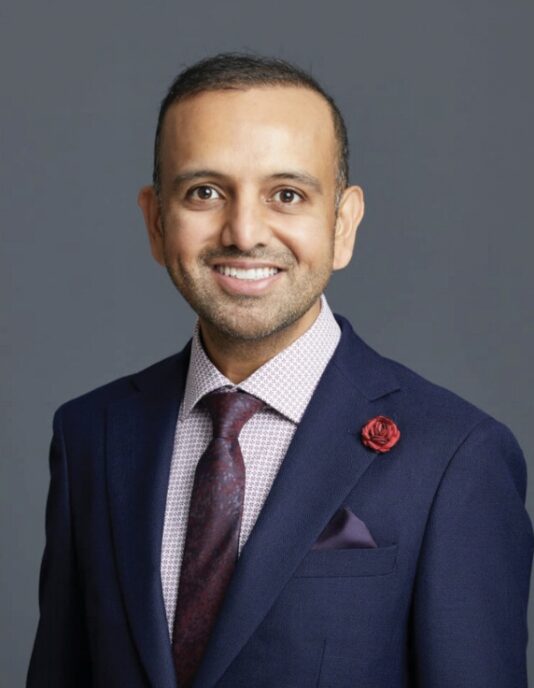Mohs FAQs
Read the frequently asked questions below to find out more about Mohs micrographic surgery. If you’re question is unanswered, please get in touch.
Over 99% of skin cancers are a result of damage to cells in the outer layer of the skin resulting from exposure to ultraviolet (UV) radiation, typically from the sun. This damage alters the DNA in our skin cells and allows them to grow, at an uncontrolled and unpredictable rate. As the skin cancers grow, they destroy the surrounding normal structures. If left untreated, they can continue to invade deeply and on rare occasions, certain types of skin cancer can leave the skin and travel to other parts of the body.
The most common type of skin cancer is basal cell carcinoma (BCC), followed by squamous cell carcinoma (SCC) and melanoma. These three types of skin cancer account for 99% of all cases, however there are over 100 other less common forms of skin cancer. No matter what type of skin cancer you have been diagnosed with, Dr Aslam will be able to guide you through your management decisions and ensure you receive the best treatment.
There are several different treatments for skin cancer. Treatment decision is a combination of the type and extent of your skin cancer as well as patient specific factors. In situations where more than one treatment option exists, Dr Aslam will provide you with these choices and help guide your decision. In many cases, there is one clear optimal treatment choice.
Basal cell carcinoma (BCC) and squamous cell carcinoma (SCC) both arise from similar types of cells in the epidermis (the top layer of skin) and can have a similar appearance. BCCs appear and grow slowly over time and are usually painless, but an SCC can sometimes grow quickly and can be occasionally painful. BCC rarely, if ever, spreads internally through the blood or lymph system but left untreated can grow deeper and be locally destructive. On rare occasions, certain high-risk SCCs can spread internally. So all types of skin cancer need to be treated.
A skin biopsy is a diagnostic procedure, not a therapeutic procedure. In other words, a biopsy is only meant to take a small piece of the growth so that a diagnosis can be made, it is not a form of treatment. As skin cancers grow upward above the skin, they also grow below the surface of the skin, sometimes sending small projections (“roots”) outward and/or downward. Without careful examination of the edges (margins) of what is removed under a microscope, it is impossible to determine if your skin cancer has been fully treated. We know based on previous studies that a biopsy rarely removes the whole cancer, no matter how well it looks to the naked eye. The advantage of Mohs surgery is that we only have to remove what is left of the skin cancer and minimise removal of normal skin. After a biopsy, things may look better, but it is only a matter of time until things begin to visibly worsen.
There are many other ways to treat skin cancer besides Mohs surgery. These include curette and curettage (‘scrape and burn’ procedure), cryotherapy (freezing), radiotherapy, standard excision and topical agents (creams). In some situations, these approaches are used. However, none of them have the high cure rate of Mohs surgery because they lack the careful microscopic examination to ensure that the skin cancer has been completely removed.
Mohs micrographic surgery, or simply Mohs surgery, is named in honour of Dr. Frederic Mohs, the doctor who first developed the technique over 80 years ago. It has since undergone technical improvements and refinements to make it an extremely safe and effective method for the treatment of skin cancer. In Mohs surgery, Dr Aslam is both the surgeon and pathologist, allowing for meticulous microscopic inspection of the skin to ensure that the skin cancer is completely removed.
All skin cancer procedures by Dr Aslam are performed under a local (injected) anaesthetic. We typically use 1 or 2% Lidocaine with a small amount of adrenaline. If you have an allergy to lidocaine or problems with adrenaline, please alert Dr Aslam before your procedure.
No. All skin cancer surgery by Dr Aslam is performed under a local (injected) anaesthetic. If you feel that you need something to calm your nerves prior to proceeding with surgery, please discuss this with Dr Aslam.
The cure rate for Mohs surgery approaches 100%. While nothing in medicine can ever be 100%, we see less than 1 in 100 skin cancers recurring (coming back in the exact same spot) after treatment with Mohs surgery. Unfortunately, patients who have had one skin cancer, are at higher risk of additional skin cancers over the course of their lives.
Dr Aslam has undergone extensive training in skin surgery but occasionally he will enlist the help of colleagues in plastic surgery, maxillofacial and oculoplastic surgery for more extensive procedures or if a general anaesthetic is needed.
A referral for Mohs micrographic surgery will usually be made by your dermatologist or general practitioner after a biopsy has been taken to confirm your diagnosis of skin cancer. For further information and to arrange an appointment with Dr. Arif Aslam, please get in touch.
About Dr Arif Aslam

Patient care and cutting edge treatments are paramount to my work as a Consultant Dermatologist where I am always striving for the best possible outcomes for my patients.
Dermatological Surgeon & Mohs Micrographic Surgeon, Honorary Senior Lecturer.
MBChB, MRCP (UK), MRCGP, MRCP (Derm), FRACP, FACD, FACMS
An experienced consultant dermatologist, Dr. Aslam is a double fellowship-trained Mohs micrographic surgeon and fellow of the prestigious American College of Mohs Surgery (ACMS).
He is one of only a few dermatologists in the UK and Europe with this accreditation and the only UK dermatologist with membership of both the Australasian College of Dermatologists and American College of Mohs Surgery.